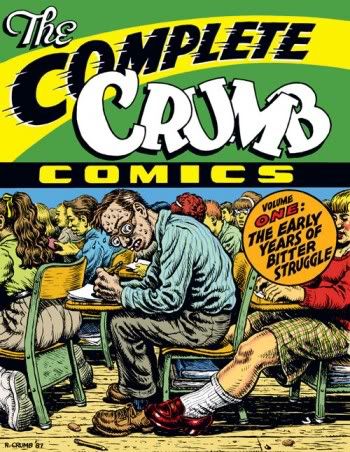
painting by Song Byeock
From Prop Art to Pop Art. Song Byeock was a North Korean artist--privileged, a Communist Party member, a painter of propaganda images. But as famine swept North Korea, he decided to defect. He failed in his first attempt (which claimed the life of his father), was captured and tortured, but finally made the crossing over the Tumen River into China. Now he paints bitterly ironic images of North Korea. The one above depicts the late Kim Jong Il surrounded by the child-beggars who swarm North Korea's railway stations. This article is is excellent, and if You have further interest in the subject of North Korean life (as told by defectors), I recommend the book Nothing to Envy: Ordinary Lives in North Korea. ["After escape from North Korea, artist turns from propaganda to pop art," Paul Ferguson, CNN, March 25, 2012]
Eric Minh Swenson, Mat Gleason: The Hung Juror
I, The Jury. Coagula critic Mat Gleason stars in an amusing video The Hung Juror (directed by Eric Minh Swenson), as well as writing about his experience as the juror for the 23rd annual juried art show at the Contemporary Art Center in Las Vegas. I've been reading Judgement of Paris: the Revolutionary Decade That Gave the World Impressionism, which gives great detail about how the Paris Salon worked in the 1860s and how key the selection of jurors was in any given year. We see this in Lawndale's Big Show, how each year feels a little different based at least partly on the tastes of the different jurors. [Mat Gleason, "Artist Juried Shows--Winner Take All," Huffington Post, 4/9/2012)

Robert Crumb, The Complete Crumb Comics volume 1, 1987
The child is the father of man.A long time ago, I was an editor. One of the things I edited was a series of books called The Complete Crumb Comics. I took this on after the original series editor, Robert Fiore, left. A a series, it's a little like a catalogue raisonné, but unlike most catalogues raisonnés, it included two full volumes of Robert Crumb's juvenile work and other early work. (In contrast, the earliest work in this amazing Ed Ruscha catalogue raisonné is from 1958, and it's clearly a mature work.) I never could understand the value of showing this childhood work until I read Jeet Heer's examination of the work--15 years after publication. Heer deftly links the work to Crumb's own dysfunctional family environment (which was revealed in the documentary Crumb), and to Crumb's own later obsessions. And Heer uses the comics themselves to link Crumb's later obsessions to his own harrowing childhood. It's an excellent work of criticism. [Jeet Heer, "Crumb in the Beginning," The Comics Journal, April 5, 2012]
Participating in your own oppression. I've only done one internship in my life, and I was paid well for it. It always seems alien to me that people in the art world will intern for free. Occupy Wall Street’s Arts & Labor working group agrees--they asked the New York Foundation for the Arts to stop posting ads for unpaid internships for for-profit institutions. (I'm personally opposed to unpaid internships at non-profit institutions, as well.) NYFA has not complied so far. Why do people accept unpaid work like this? The answer is in research by sociologist Sudhir Venkatesh. He discovered that low level drug dealers accept low wages in hopes of eventually getting the high wages of top-level gangsters. But the number of slots for upper-level gangsters is very low, and the number of people who want to enter this industry is very high. You see the same thing in sports--marketing majors who can get a decent salary working for, say, Yum Brands will get paid half that salary to do the same work for the Buccaneers. In short, a glamorous industry (sports, movies, art, drugs) has so many people wanting to work for it that many of them are actually willing to work for free. Hence the unpaid internships in the arts. (Not to mention the whole student-athlete scam for college football and basketball players.) The problem with this is that the only people who can afford to take unpaid internships are relatively rich kids. A brilliant young art historian from a working class family simply can't spend a year working for nothing. Unpaid internships reinforce the economic elitism of the arts. [Hrag Vartanian, "The Art World Plague of Unpaid Internships," Hyperallergic, April 6, 2012]

No comments:
Post a Comment